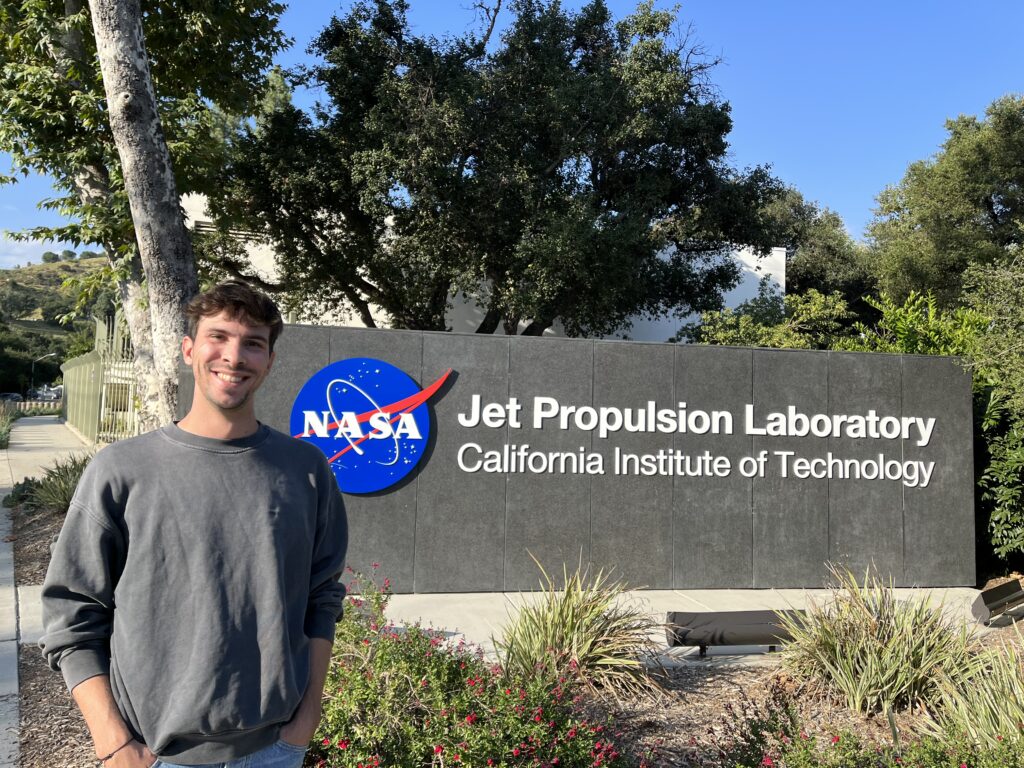Learning About Extraterrestrial Life Detection at NASA JPL
July 11, 2024During our seven-month stay at the NASA Jet Propulsion Laboratory, we focused on developing instruments that can be used to detect life forms on other planets, particularly Enceladus, a moon of Saturn. Our work in the Chemical Analysis and Life Detection Lab aimed to understand and utilize the chemical processes involved in detecting life on other planets!
Enceladus is unique because it consists of an underground ocean covered by a thick ice layer. The hypothesis that this ocean might harbor life is based on the assumed presence of hydrothermal vents on its seabed, similar to those on Earth. In our project, we developed mechanisms that enable the collection of liquid samples from an underwater environment. Particular challenges included creating space-compatible electronic boards that can withstand extreme conditions such as radiation, temperature fluctuations, and strong vibrations during rocket launches.
In addition to the technical work, our stay in California also offered ample opportunities for personal development. We used our free time for excursions to Yosemite National Park, Disneyland, the Kennedy Space Center in Florida, and the Carrizo Plain National Monument during its bloom period. These activities, combined with interactions with colleagues and experiences in the American work culture, have profoundly influenced our perspective on life abroad and the privileges of living in Switzerland.


The opportunity to work at the Jet Propulsion Laboratory was an invaluable experience that expanded both our technical skills and personal perspectives. The insights and experiences we gained during our stay will have a lasting impact on our future projects and career paths.


Interested in ETH Studios? Discover more here.





